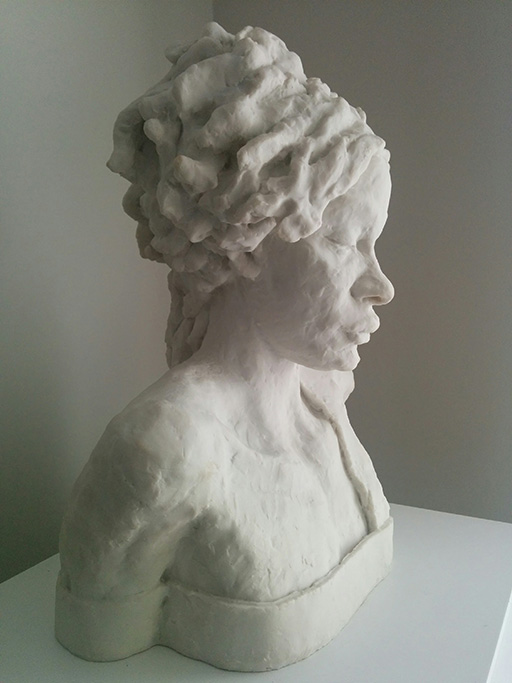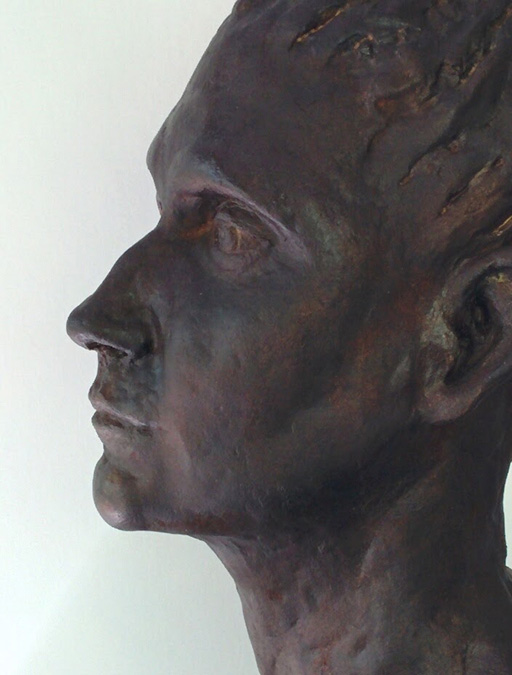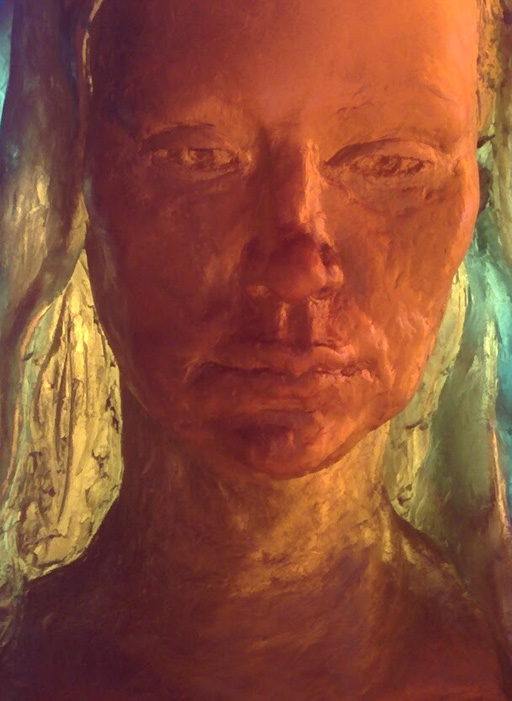The Mary Magdalene Project
The Mary Magdalene Project has traveled as an exhibit and retreat since 2012.
Mary Magdalene as Spiritual Guide
Most Christians know of Mary Magdalene’s witness at the crucifixion and at the tomb of Jesus, but her witness began much earlier in Jesus’ ministry. She is the only disciple (other than the Mother Mary) who follows Jesus unceasingly from the time of her healing through to his death and beyond. For hundreds of years she has been most characterized as a prostitute, obscuring her significant example of spirituality, and overshadowing her role as a leader and the first witness to the resurrected Christ. Although this exhibit is based on a very specific Christian example of spiritual direction, many elements of Mary Magdalene’s transformational journey can be applied for other spiritual traditions and for humanists.
Each of these elements are part of an on-going process that cycle in and through us on a spiritual path. These elements do not follow in a necessary order but grow within us as we grow into deeper awareness of the movement of the divine encounter. (click on each image for more details)
Healing & Forgiveness Discernment Abiding Memory & Transformation
Retreats
I offer “Mary Magdalene As Role Model for the Spiritual Journey” as retreats and quiet days. Contact me for more information.
Theme
Mary Magdalene as disciple, witness, and prophet is one of our strongest role models for understanding the elements that emerge as one enters into a spiritual journey. By her Healing, she directs us to the knowledge that through the Spirit we are drawn into community and relationship with God: one that is characterized by recognition, healing and forgiveness. Her anointing ministry demonstrates the activity of Discernment, which calls us to encounter the Spirit unfolding in each moment and in one another. Mary Abiding at the tomb shows us how to enter into the time, silence and contemplation that allows for the movement of Spirit. Dwelling in these new patterns of behavior guides us to re-remembering our inner nature, orients us to turning points in our lives, and where we return to find the Source. Mary’s prophetic voice, “I have seen the Lord” directs us to the knowledge that this indwelling of the Spirit is intended and extended for community: that God abides in us and we in God.
The Mary Magdalene Project is based on my Master Thesis and was funded in part through a grant awarded by The Episcopal Church Evangelical Education Society in 2010.




